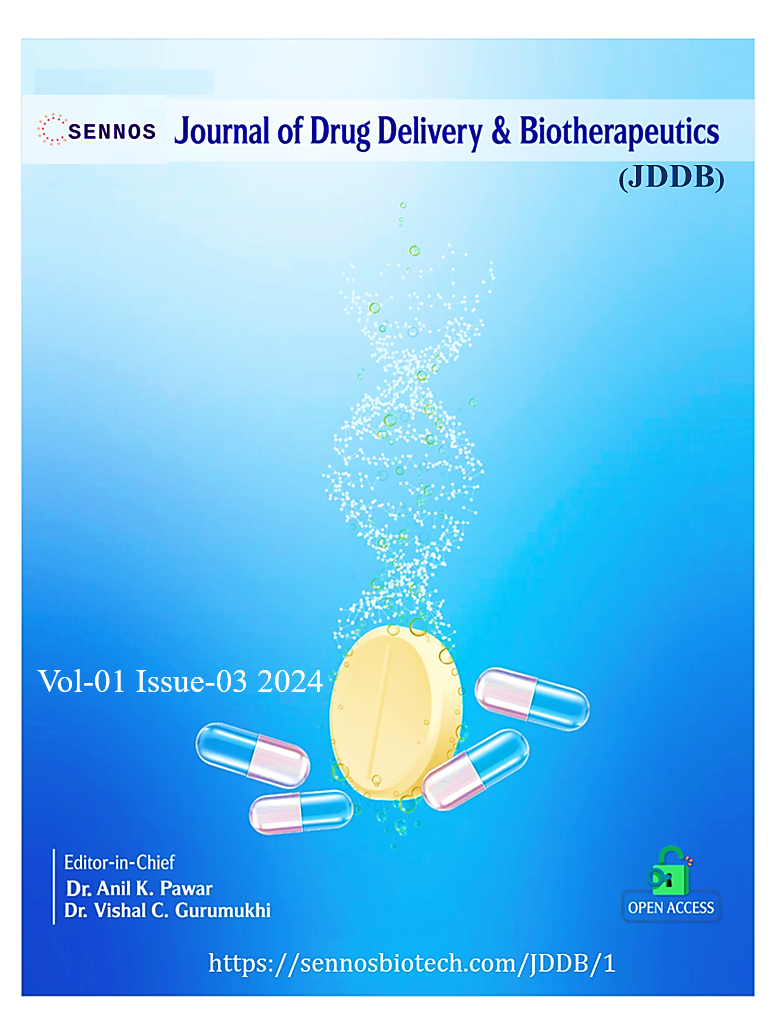Hepatotoxicity Associated with Anti-Tuberculosis Medications: Analyzing Mechanisms, Risk Factors, and Strategies for Prevention and Management
DOI:
https://doi.org/10.61920/jddb.v1i03.155Keywords:
Hepatotoxicity, Anti-tuberculosis medications, Risk factors, Liver function monitoring, Drug-induced liver injuryAbstract
Hepatotoxicity associated with anti-tuberculosis (TB) medications represents a significant challenge in the management of TB, often complicating treatment regimens and increasing the risk of adverse outcomes. This review aims to analyze the mechanisms underlying hepatotoxicity induced by commonly used anti-TB drugs, such as isoniazid, rifampicin, pyrazinamide, and ethambutol. The liver toxicity mechanisms involve drug-induced immune responses, mitochondrial dysfunction, oxidative stress, and the disruption of hepatocyte metabolism. Furthermore, the review explores various risk factors contributing to hepatotoxicity, including pre-existing liver conditions, genetic polymorphisms, alcohol consumption, co-infections (e.g., HIV), and age-related susceptibility. Additionally, strategies for the prevention, early detection, and management of hepatotoxicity are discussed, emphasizing dose adjustments, liver function monitoring, the use of hepatoprotective agents, and alternative drug regimens. Effective management approaches are essential to ensure treatment adherence and prevent the progression of liver damage. The review concludes by underscoring the importance of personalized medicine and the need for further research to better understand the pathophysiology of anti-TB drug-induced hepatotoxicity and to develop safer therapeutic strategies for TB patients.
Downloads
Published
Issue
Section
License
Copyright (c) 2024 Dipali D. Zade

This work is licensed under a Creative Commons Attribution 4.0 International License.





